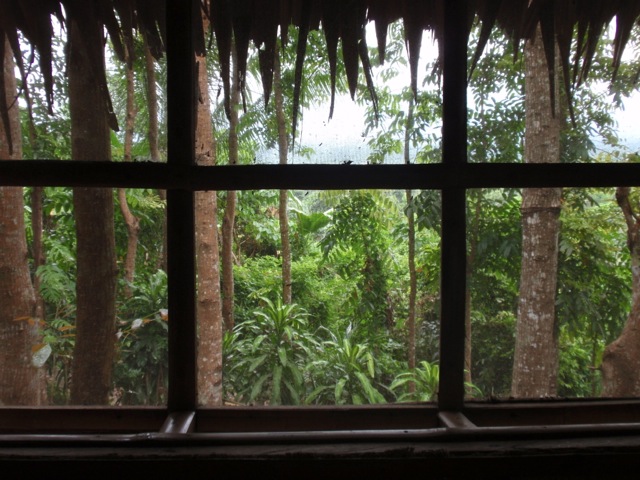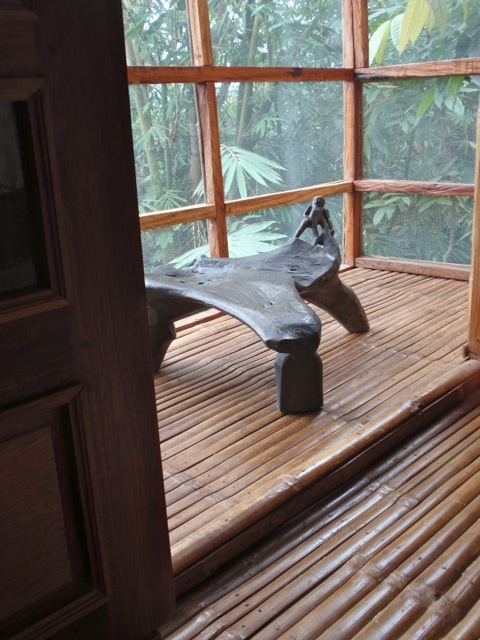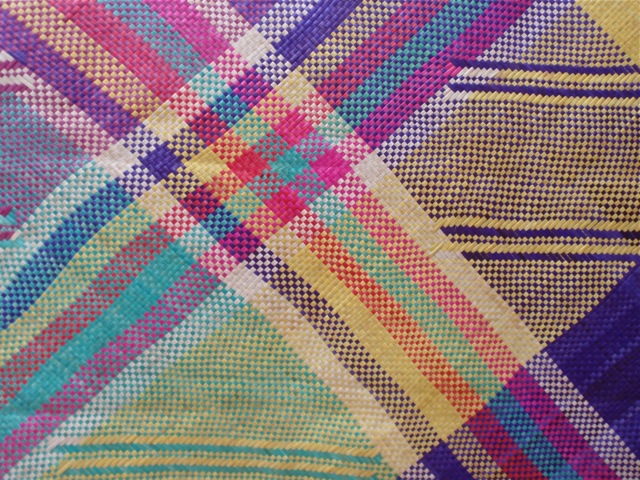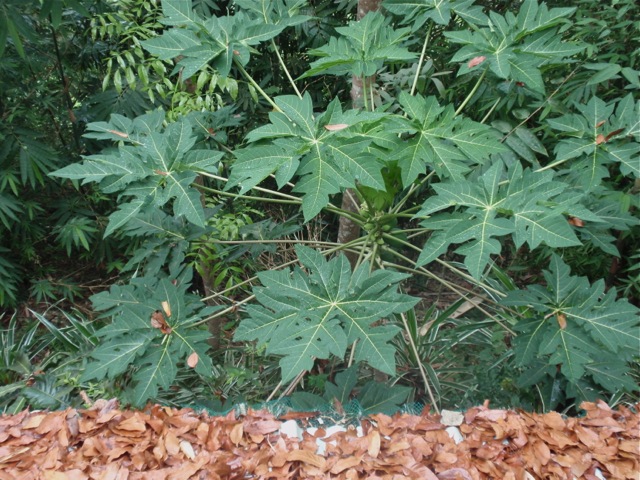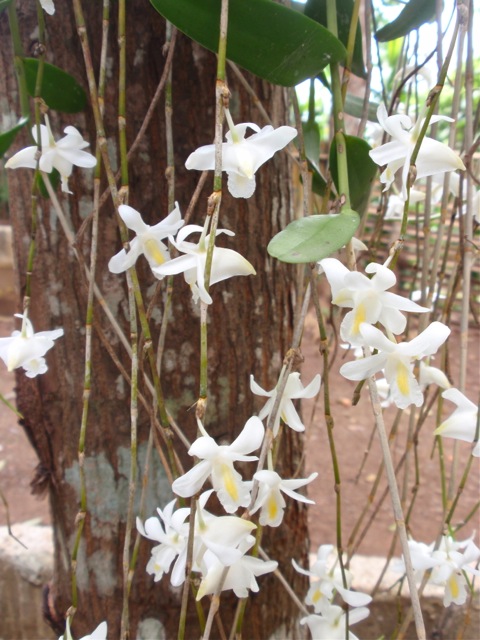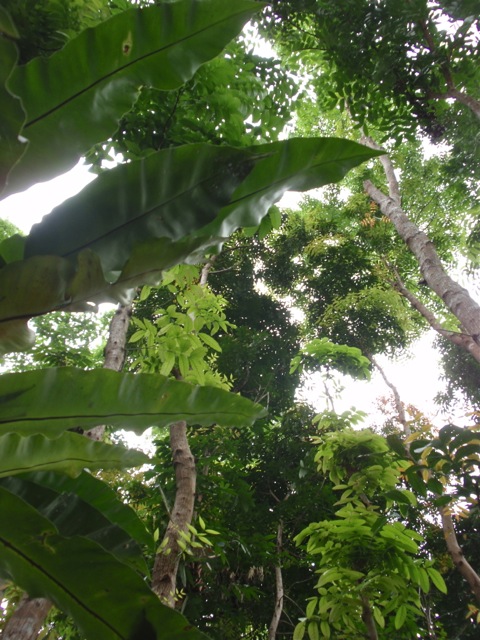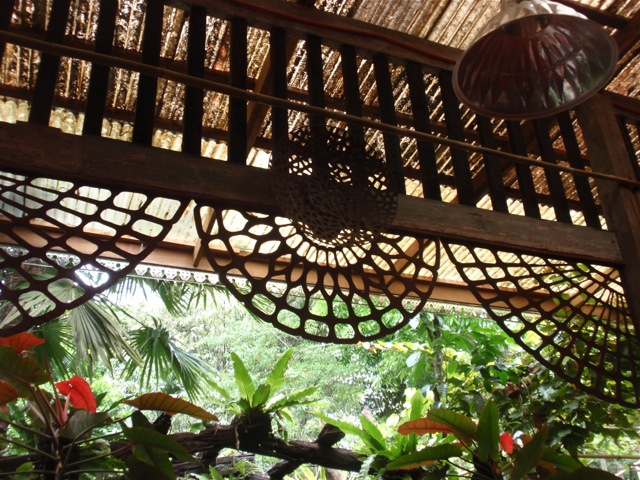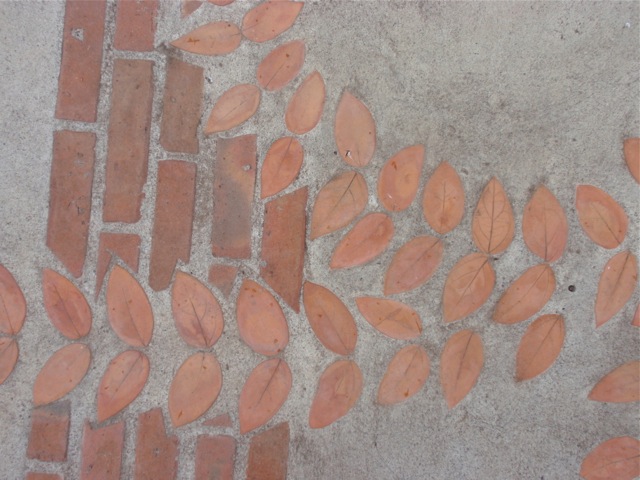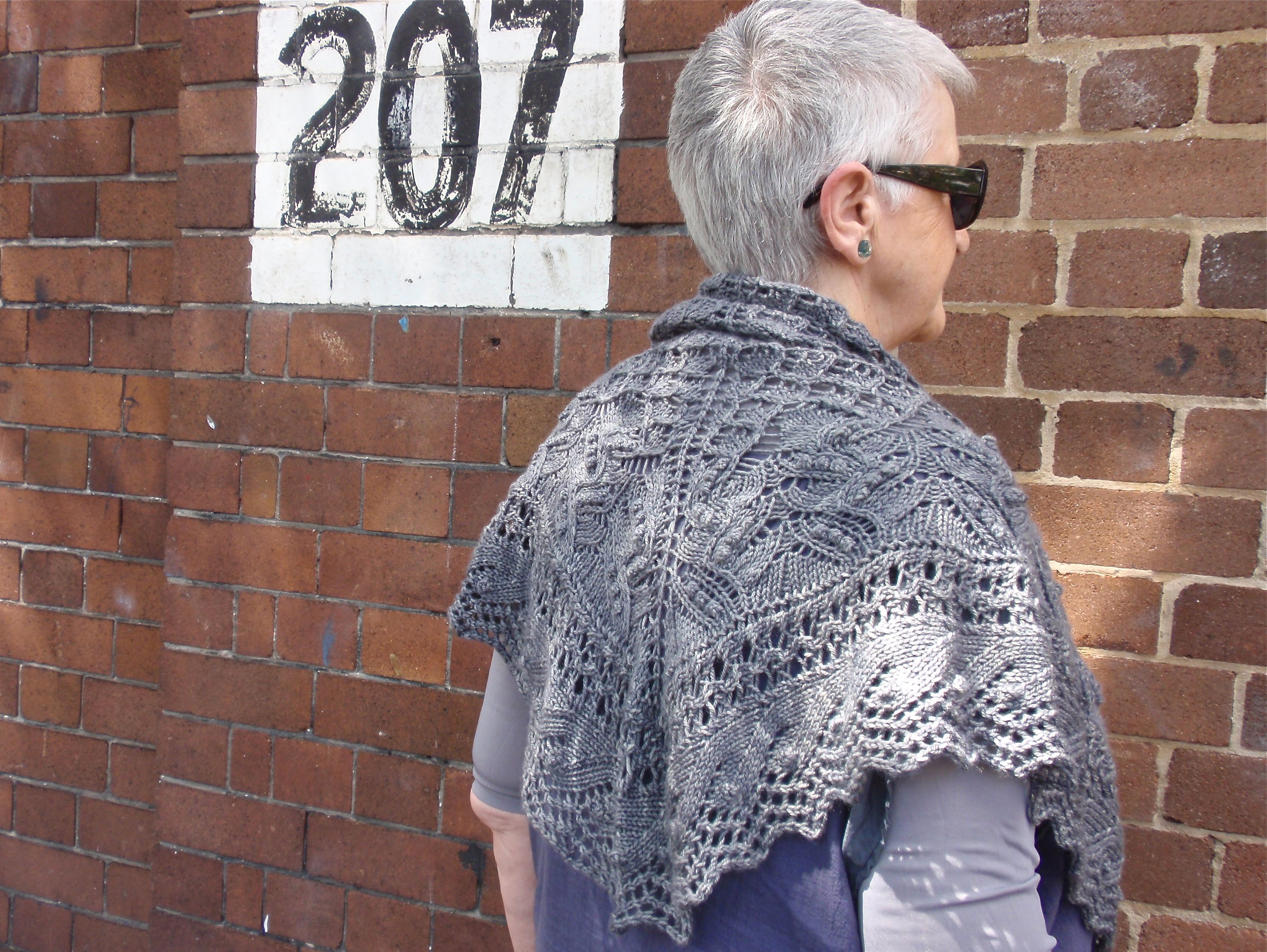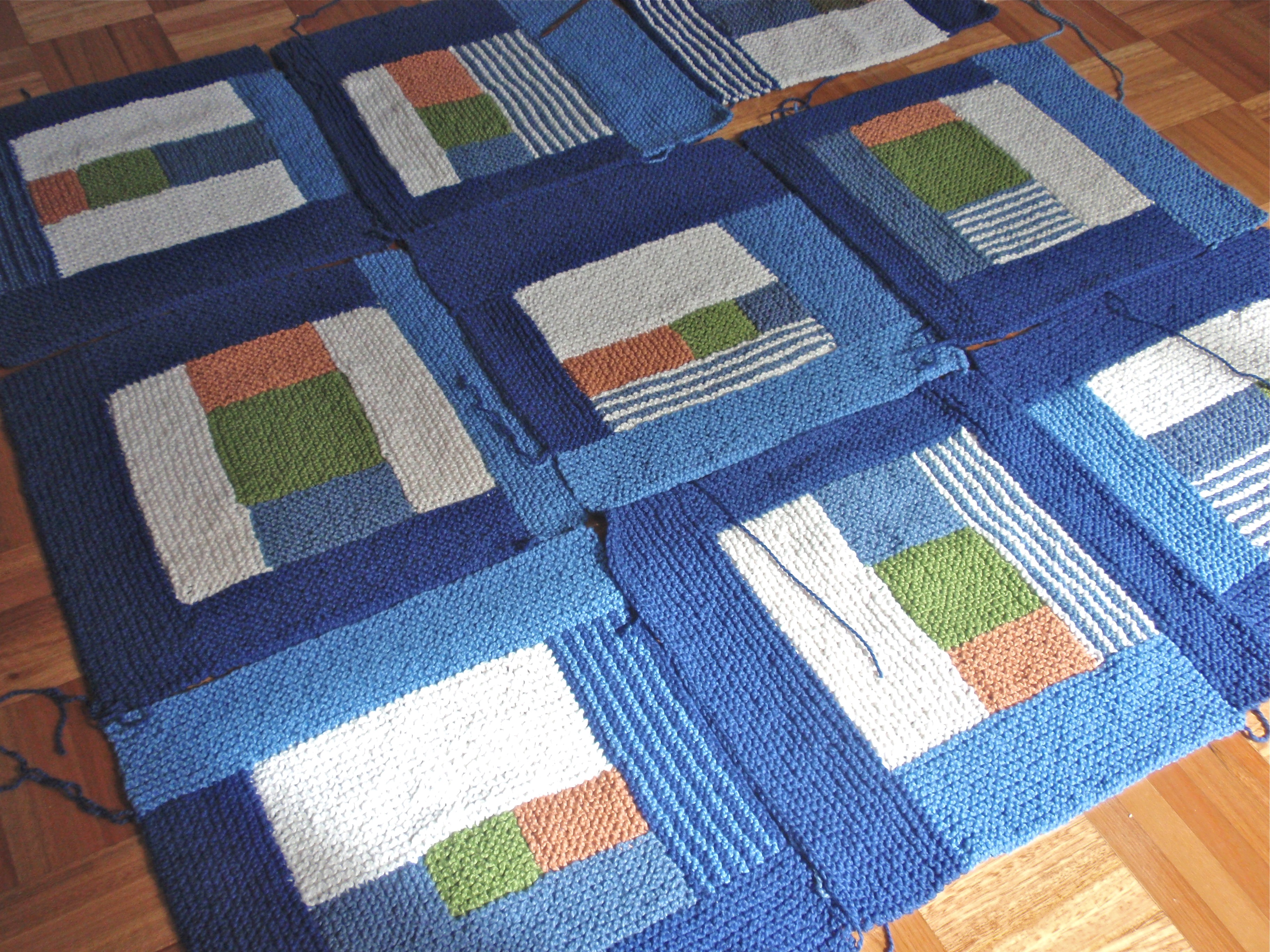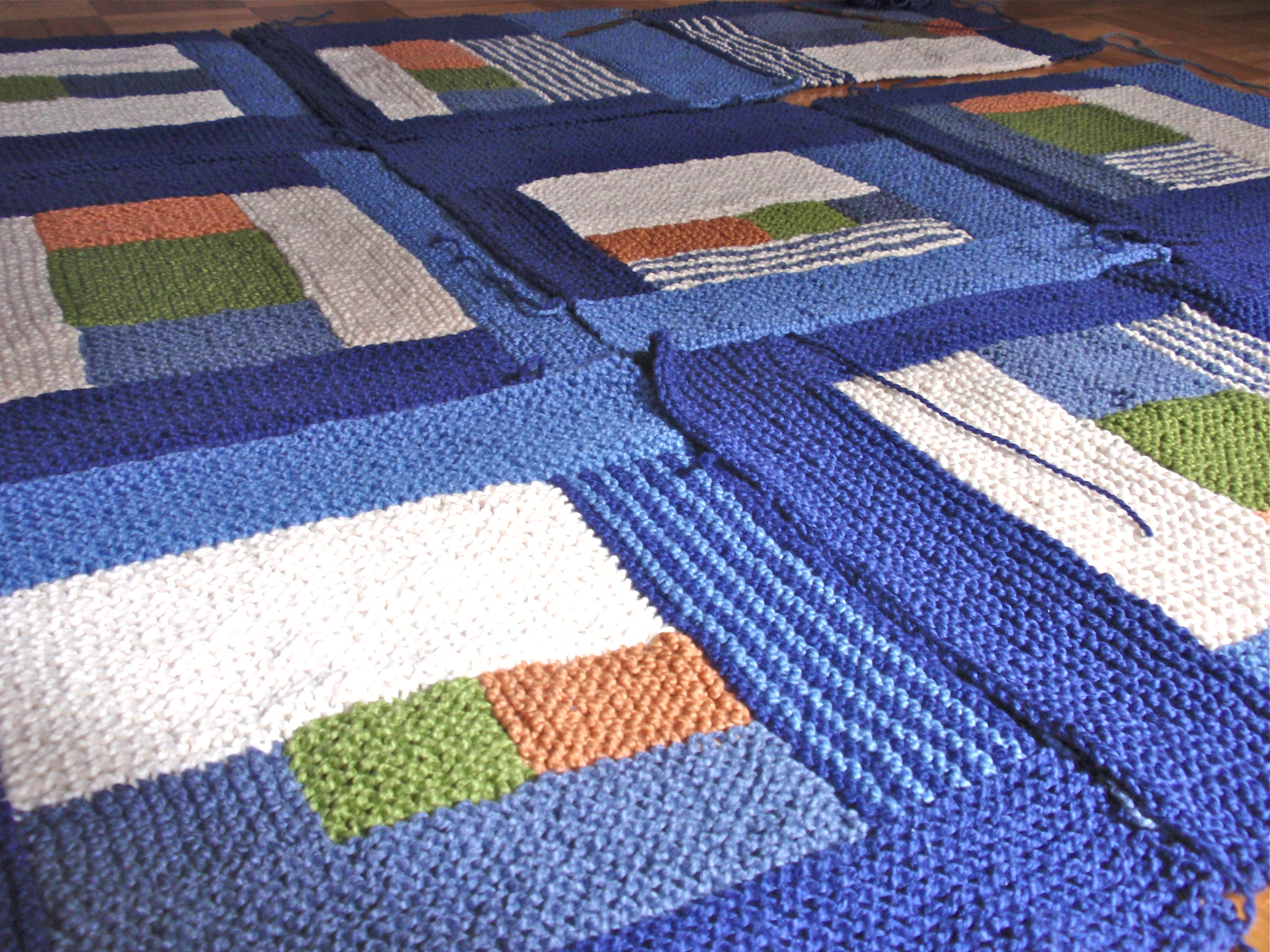Sometimes the pleasure comes from doing things you've done before and that you know you will enjoy. You plan these things and anticipate the delight they'll bring. Shopping at Silahis in the old part of Manila - Intramuros - is always on my list of things to do. I've posted before about this four-storied treasure house of Filipino arts and crafts, and of my fears each time I visit that the Filipino crafts I value will no longer be available. But so far Silahis continues to provide many pleasures.

I'd love to buy some of the big, intricately woven baskets they sell, but the thought of trying to get them home on the plane, and the reaction of Australian quarantine once I arrive is enough to deter me. So I bought textiles - as always. I bought a yellow hand-woven Yakan cloth from the southern Philippines that I'll use for a table runner and some yellow and indigo abaca cushion covers. Abaca is traditionally woven by the T'boli people of central Mindanao using intricate ikat warp-dyed weaving techniques and naturally-dyed fibres. My cushion covers are less intricate and use modern dyes but still enable the weavers to make a living from their craft.
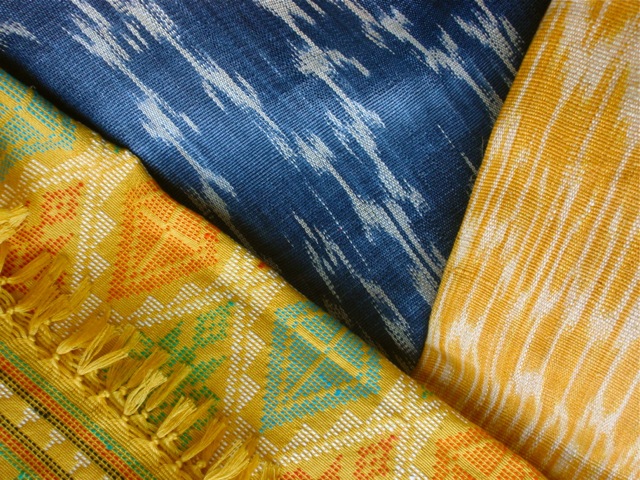
This is what we saw on our way home from Intramuros:
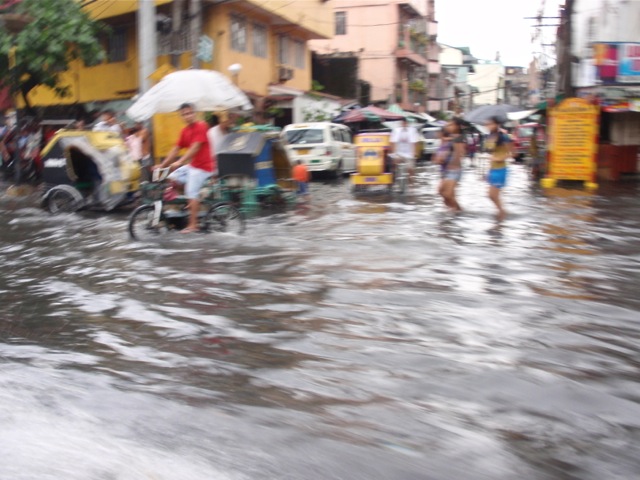
(Sorry for the out-of-focus photo taken hastily from the car window).
I'd tried to time my visit to the Philippines for the dryest time of the year, but the seasons are now less reliable and there were several downpours during my visit. Some of the older areas of Manila, which also have very old drainage systems, are now at or even below sea level as land has been reclaimed from Manila Bay. They're very prone to flash flooding.
Sometimes the pleasures come from unexpectedly discovering new places and new experiences. We decided we'd have a brief family holiday at a beach resort. I'm not generally enthused about beach resorts - anywhere in the world. However, our trip to Laiya, Batangas was a great success. Even though the swimmers amongst us reported that the beach was rather too rocky for swimming, a beautifully landscaped swimming pool, plentiful, well-cooked local food, picturesque cabanas along the edge of the sea, and (in my case) a thorough, firm massage, more than compensated for the less than perfect beach. Anyway, if you come from Australia, it's a bit pointless going anywhere else in search of a wonderful beach. What I particularly liked about the beach was that it is clearly still part of local people's lives. Small fishing boats set out from nearby villages and in the morning and afternoon school children use the beach as the shortest route to and from school and home.
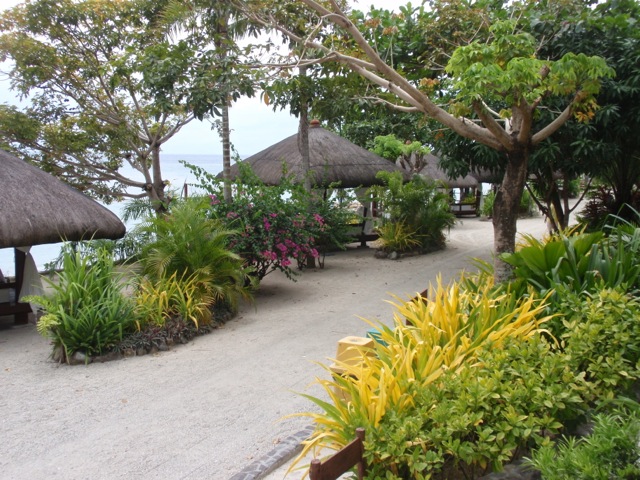
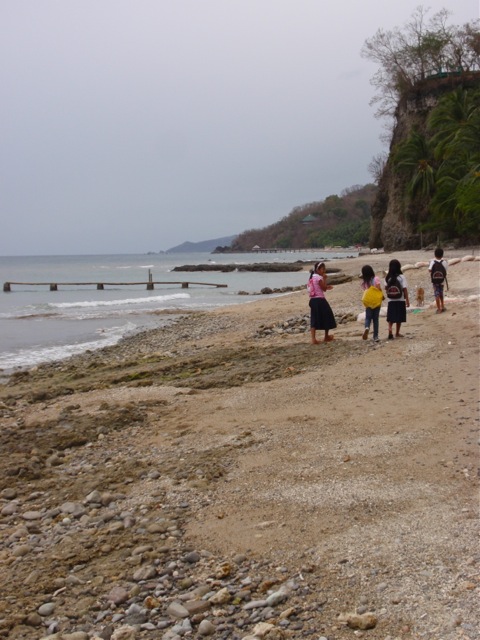
Sometimes the pleasures come from remembering things that had slipped from your mind. Given that it lasted for almost four centuries, the Philippines bears relatively little trace of its Spanish colonisation. There are the Spanish surnames of most Filipinos; there's some evidence of Spanish influence on the vocabulary of the local languages and, most noticeably, there's the Catholic religion - though even the practice of Catholicism has significant local characteristics. But on my visit this time there were a couple of experiences that reminded me of this Spanish influence. One was simple. We were driving through the town of Nagcarlan, Laguna when we stopped for a brief visit to a Catholic chapel and cemetery that's now maintained by the National Historical Institute. It's interesting partly because of its unusual underground crypt with graves of Franciscan friars, but also because in the 1890s it was used for secret meetings at which the Katipunan rebels plotted the overthrow of the Spanish rulers. The province of Laguna was a major site both of Spanish dominion and eventually resistance and evidence of their presence is scattered through the towns and villages.
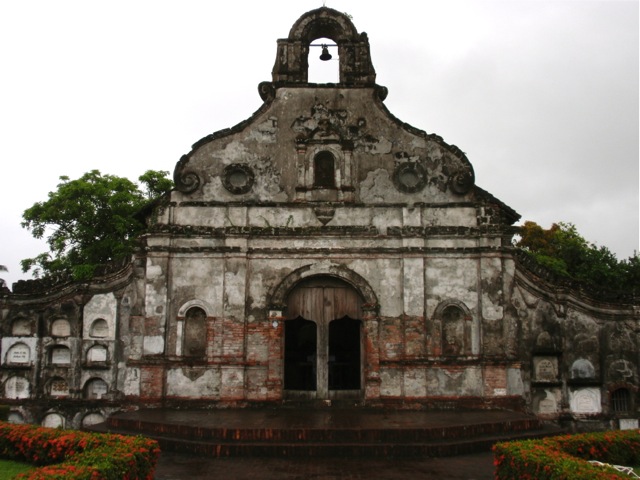
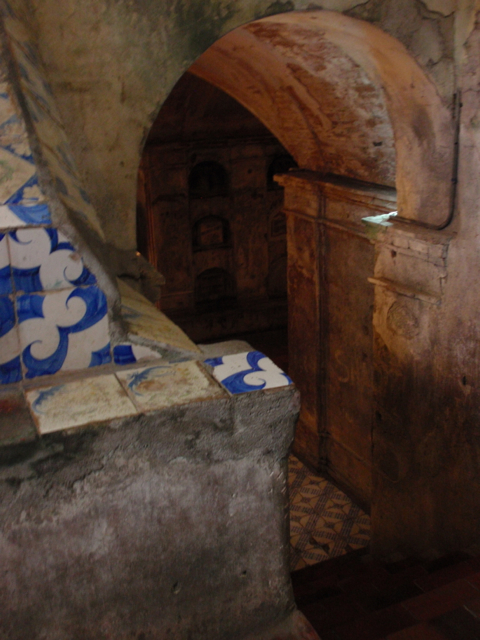
A more modern Spanish connection was a performance we saw of the ballet, Giselle, by a group called the Philippine Spanish Dance Connection - primarily a Spanish dance company incorporating many Filipino dancers. It was classical ballet, but with a modern version of the story and brilliant staging using the projection of images to literally give layers to the story. We had some ballet neophytes with us and they were riveted by the updated tale of lovers faithful beyond death.
Sometimes the pleasures come from just going about your everyday life. Most simply, we happened to be in Magdalena on the one day when the native orchids bloomed. They were in bud one day, bloomed the next, and were all gone by the third day.

Or, we were driving home from the local shopping centre when... we saw the dancing traffic cop...in person...in real life! We had front row, or at least front car seats for his performance. There's something so admirably Filipino about this. It's about a talent for transforming mundane and tiresome necessities into participatory, and even fun, occurrences.
And sometimes the pleasures come just from spending time with family and getting to know a new grandson.

I imagine I'll be revisiting, again, soon.

